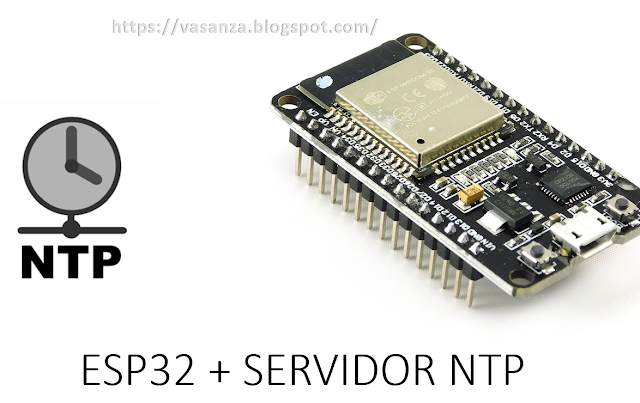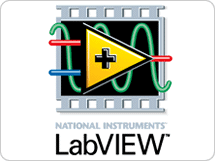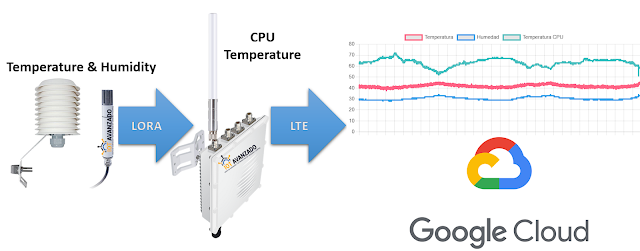▷ Behavioral Signal Processing with Machine Learning based on #FPGA
- ➡️ #DigitalSystems #DigitalElectronic #DigitalCircuits #HDL #VHDL #FPGA
- ➡️ ICCIS2020: 1st International Conference on Systems and Information Sciences
- ⭐ Read full paper: https://doi.org/10.1007/978-3-030-59194-6_17
- ✅ Read Proceedings: https://link.springer.com/book/10.1007/978-3-030-59194-6
- When using this resource, please cite the original publication:
- ✅ Video of the talk:
✅ Published in: https://link.springer.com/chapter/10.1007%2F978-3-030-59194-6_17
✅ Paper content:
- Introduction:
- Sedentary lifestyle.
- 21-25% of breast and colon cancer
- 27% of diabetes
- 30% of heart disease
- Behavior of Physical Activity (PA).
- Martín et al., Social Cognitive Theory.
- Narayanan et al., Behavioral Signal Processing #BSP
- Asanza et al., using dynamical model.
- Related Work:
- L. Vachhani et al., proposed diferent hypotheses on the step count, which resulted in social feedback and feedback on the progress of the individual every day.
- Freigoun et al., implemented a smartphone application called “Just Walk” for adaptive walking intervention for sedentary and overweight adults.
- Martin et al., SCT is implemented in the study of the behavior of an individual for management of well-being and health.
- CARIMA-type models.
- Deep neural networks are more efficient for modeling and allow continuous decision making with the help of Internet of Things #IoT technologies.
- Khan et al., proposed a physical activity recognition system based on machine learning decision tree algorithm with data from 3D acceleration sensors.
- Discussion and Conclusions:
- Features used in the dataset allowed us to contextualize the behavior of individuals based on the variables of the environment.
- Ambient temperature
- It was implemented using an #FPGA development card that provides great flexibility in its structuring.
- Was possible to obtain an accuracy of 93.0% in the prediction of the data.
- Multiprocessor computer in the #FPGA development card
- Without extra components
- References:
- World Health Organization, WHO.: Physical activity, February 2018. https://www.who.int/es/news-room/fact-sheets/detail/physical-activity. Accessed 6 Apr 2020
- Bauer, U.E., Briss, P.A., Goodman, R.A., Bowman, B.A.: Prevention of chronic disease in the 21st century: elimination of the leading preventable causes of premature death and disability in the USA. Lancet 384(9937), 45–52 (2014). https://doi.org/10.1016/S0140-6736(14)60648-6
- Freigoun, M.T., Mart´ın, C.A., Magann, A.B., Rivera, D.E., Phatak, S.S., Korinek, E.V., Hekler, E.B.: System identification of just walk: a behavioral mHealth intervention for promoting physical activity. In: 2017 American Control Conference (ACC), pp. 116-121 (2017). https://doi.org/10.23919/ACC.2017.7962940
- Richardson, C.R., Newton, T.L., Abraham, J.J., Sen, A., Jimbo, M., Swartz, A.M.: A meta-analysis of pedometer-based walking interventions and weight loss. Ann. Fam. Med. 6, 69–77 (2008). https://doi.org/10.1370/afm.761
- Narayanan, S., Georgiou, P.: Behavioral signal processing: deriving human behavioral informatics from speech and language. In: Proceedings of the IEEE Institute of Electrical and Electronics Engineers, vol. 101(5), pp. 1203-1205 (2013). https://doi.org/10.1109/JPROC.2012.2236291
- Fujiki, Y., Kazakos, K., Puri, C., Starren, J., Pavlidis, I., Levine, J.: NEAT-ogames: ubiquitous activity-based gaming. In: Proceedings of the 2007 ACM Conference on Human Factors in Computing Systems (CHI), pp. 2369-2374. ACM Press (2007). https://doi.org/10.1145/1240866.1241009
- Asanza, V., Martin, C.A., Eslambolchilar, P., van Woerden, H., Cajo, R., Salazar, C.: Finding a dynamical model of a social norm physical activity intervention. In: 2017 IEEE Second Ecuador Technical Chapters Meeting (ETCM), Salinas, pp. 1–6 (2017). https://doi.org/10.1109/ETCM.2017.8247450
- Bandura, A.: Social Foundations of Thought and Action: A Social Cognitive Theory. Prentice-Hall series in social learning theory. Prentice-Hall, Upper Saddle River (1986)
- Martín, C.A., Rivera, D.E., Riley, W.T., Hekler, E.B., Buman, M.P., Adams, M.A., King, A.C.: A dynamical systems model of social cognitive theory. In: Proceedings of the American Control Conference, pp. 2407–2412 (2014). https://doi.org/10.1109/ACC.2014.6859463
- Nagarajan, K., Holland, B., George, A.D., Clint, K., Lam, H.: accelerating machinelearning algorithms on FPGAs using pattern-based decomposition. J. Sign. Process. Syst. 62, 271–350 (2011). https://doi.org/10.1007/s11265-008-0337-9
- Harries, T., Eslambolchilar, P., Rettie, R., et al.: Effectiveness of a smartphone app in increasing physical activity amongst male adults: a randomised controlled trial. BMC Public Health 16(925), 1–10 (2016). https://doi.org/10.1186/s12889-016-3593-9
- Vachhani, L., Sridharan, K.: Hardware-efficient prediction-correction-based generalized-Voronoi-diagram construction and FPGA implementation. IEEE Trans. Ind. Electron. 55(4), 1558–1569 (2008). https://doi.org/10.1109/TIE.2008.917161
- Rixen, M., Ferreira-Coelho, E., Signell, R.: Surface drift prediction in the Adriatic sea using hyper-ensemble statistics on atmospheric, ocean and wave models: uncertainties and probability distribution areas. J. Mar. Syst. 69(1–2), 86–98 (2008). https://doi.org/10.1016/j.jmarsys.2007.02.015
- Kanawaday, A., Sane, A.: Machine learning for predictive maintenance of industrial machines using IOT sensor data. In: 8th IEEE International Conference on Software Engineering and Service Science (ICSESS), pp. 87-90. IEEE (2017). https://doi.org/10.1109/ICSESS.2017.8342870
- Azorín, J., Saval, M., Fuster, A., Oliver, A.: A predictive model for recognizing human behaviour based on trajectory representation. In: International Joint Conference on Neural Networks (IJCNN), Beijing, pp. 1494–1501 (2014). https://doi.org/10.1109/IJCNN.2014.6889883
- Pentland, A., Liu, A.: Modeling and prediction of human behavior. Neural Comput. 11(1), 229–242 (1999). https://doi.org/10.1162/089976699300016890
- Khan, A., Lawo, M., Homer, P.:Wearable recognition system for physical activities. In: 9th International Conference on Intelligent Environments, Athens, pp. 245–249 (2013). https://doi.org/10.1109/IE.2013.50
- Tirkaz, C., Bruckner, D., Yin, G.Q., Haase, J.: Activity recognition using a hierarchical model. In: IECON 2012—38th Annual Conference on IEEE Industrial Electronics Society, pp. 2814–2820 (2012)
- Santhiranayagam, B.K., Lai, D.T., Jiang, C., Shilton, A., Begg, R.: Automatic detection of different walking conditions using inertial sensor data. In: the 2012 International Joint Conference on Neural Networks (IJCNN), pp. 1–6. IEEE (2012). https://doi.org/10.1109/IJCNN.2012.6252501
- Upegui, A., Pe˜na, C., Sanchez, E.: An FPGA platform for on-line topology exploration of spiking neural networks. Microprocess. Microsyst. 29(5), 211–223 (2005). https://doi.org/10.1016/j.micpro.2004.08.012
- Lacey, G., Taylor, G., Areibi, S.: Deep learning on FPGAs: Past, present, and future. arXiv preprint arXiv:1602.04283 (2016)
- Read related topics:
- ✅ Paper: Finding a Dynamical Model of a Social Norm Physical Activity Intervention
- ✅ Paper: Implementation Of Automated System For The Reservoir 66 of the Irrigation System Chambo Guano
- ✅ Implementation of a Classification System of #EEG Signals Based on #FPGA
- ✅ Artificial Neural Network based #EMG recognition for gesture communication (#InnovateFPGA)
- ✅ Projects Digital Systems Design #FPGA
- ✅ 2020 PAO1: Proyectos Propuestos
- ✅ End Device #Arduino #FreeRTOS
- ✅ End Device + Coordinator #Raspberry Pi #Python













Comentarios
Publicar un comentario